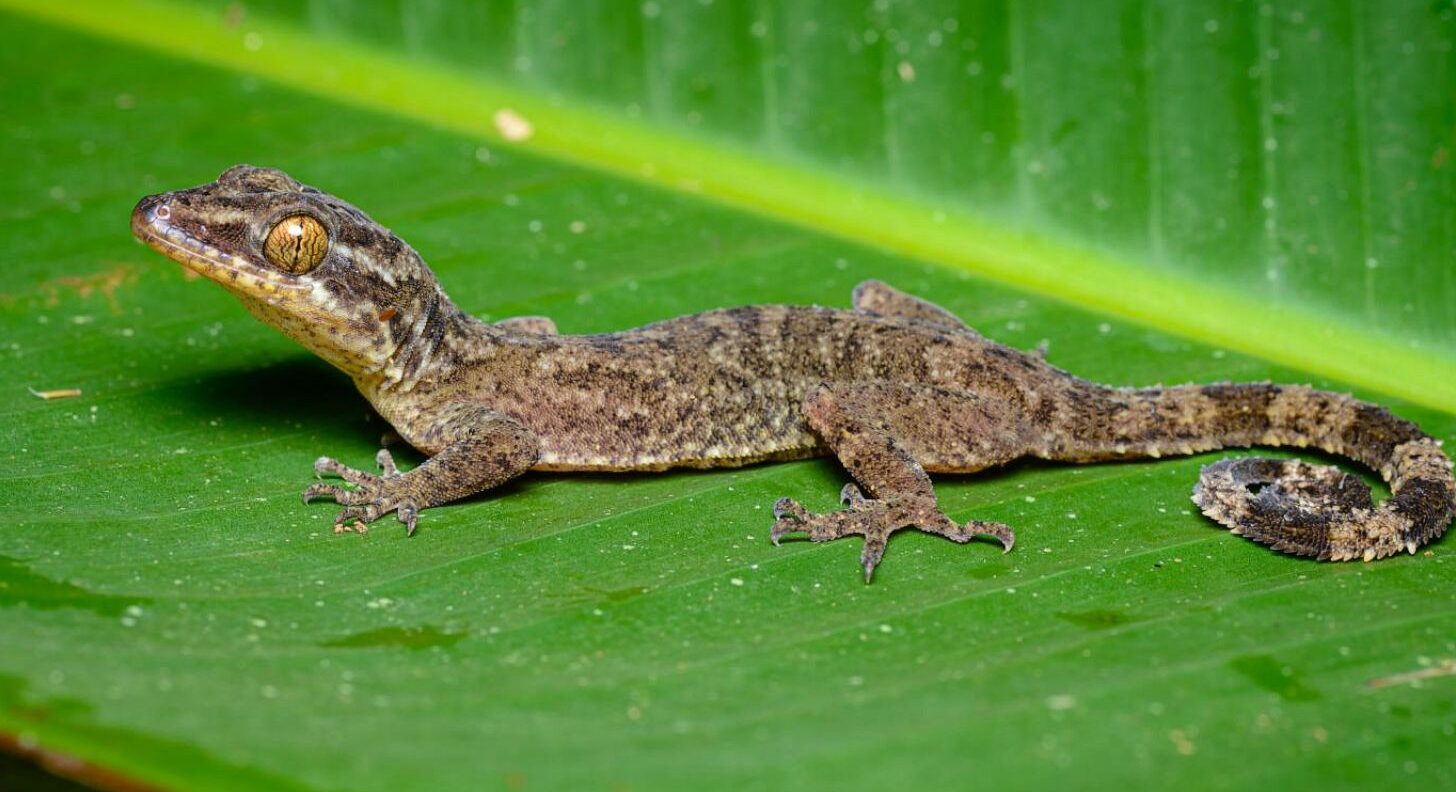The discovery of a new species of animal that was thought to be extinct has sparked excitement and intrigue in the scientific community. For years, biologists believed that this particular animal had disappeared from the face of the Earth, with no hope of ever being seen again. However, recent research and findings have proven otherwise, shedding light on the incredible resilience and adaptability of certain species.
The belief in the extinction of this animal stemmed from a lack of sightings and evidence of its presence. Over time, it became widely accepted that the species had succumbed to various environmental factors or human activities, leading to its disappearance. Examples of other species that were once thought to be extinct include the Tasmanian tiger and the woolly mammoth. However, advancements in technology and research techniques have allowed scientists to delve deeper into unexplored regions and uncover new information about the natural world.
The initial findings and research that led to the discovery of this supposedly extinct species are a testament to the perseverance and dedication of biologists. Through careful analysis of genetic material, examination of fossils, and exploration of remote habitats, scientists were able to identify and document the existence of this species. The significance of this discovery cannot be overstated, as it challenges our understanding of extinction and opens up new possibilities for conservation efforts. The rediscovery of a species once thought to be lost forever serves as a reminder of the resilience of nature and the importance of ongoing research and exploration.
Description and characteristics of the newly discovered animal
Biologists have made an exciting discovery by finding a new species of animal that was previously thought to be extinct. This finding has sparked interest and excitement among the scientific community and nature enthusiasts alike. The newly discovered animal has unique characteristics and physical features that distinguish it from other species.

The habitat and ecological role of this newly discovered animal are also of great interest to biologists. Studying its habitat can provide valuable insights into its ecological niche and the role it plays in the ecosystem. Understanding its interactions with other species and its impact on the environment is crucial for conservation efforts and maintaining biodiversity.
In addition to its physical appearance and habitat, the behavioral traits and adaptations of the newly discovered animal are also fascinating to biologists. Observing its behavior can provide insights into its survival strategies, social interactions, and reproductive patterns. These behavioral traits and adaptations are essential for the animal’s survival and successful reproduction. Overall, the discovery of a new species of animal that was thought to be extinct is a significant achievement for biologists. It highlights the importance of ongoing research and exploration in understanding the diversity of life on our planet. This finding also emphasizes the need for conservation efforts to protect and preserve endangered species and their habitats.
Research and scientific implications of the discovery
The discovery of a new species of animal that was thought to be extinct has significant research and scientific implications. Biologists employed various methods and techniques to confirm the identity of the newfound species. This involved conducting an in-depth study of the physical characteristics, behavior, and genetic makeup of the animal. By comparing these findings with existing knowledge of closely related species, biologists were able to establish the distinctiveness of the newfound species and its evolutionary significance. This discovery highlights the importance of ongoing research and exploration in uncovering the rich biodiversity that exists on our planet.
The comparison of the newfound species with closely related species provides valuable insights into the process of speciation and the mechanisms driving evolutionary change. Biologists analyze the similarities and differences in the structures and genetic sequences of different species to understand how new species emerge and adapt to their environments. This comparative analysis contributes to our understanding of the complex patterns of evolution and the interconnectedness of different species within ecosystems. The discovery of a previously thought-to-be-extinct species adds to the body of knowledge surrounding speciation and evolutionary biology.
The conservation implications of the discovery of a new species extend beyond its scientific significance. The newfound species may require specific conservation efforts to protect its habitat and ensure its survival. Conservation organizations and researchers must collaborate to develop strategies for safeguarding the newfound species and its ecosystem. Efforts such as habitat preservation, restoration, and the establishment of protected areas can help mitigate threats to the newfound species and promote its long-term survival. The discovery also highlights the importance of ongoing conservation initiatives to prevent the extinction of other species and preserve the Earth’s biodiversity.
Future prospects and potential impact of the discovery
The discovery of a new species that was thought to be extinct opens up exciting possibilities for further research and exploration in the area. Scientists can now focus their efforts on studying the behavior, habitat, and ecological role of this species, which could provide valuable insights into the dynamics of the ecosystem. This newfound knowledge can contribute to our understanding of biodiversity and help inform conservation strategies for other endangered or rare species in the region. Additionally, the discovery may spark interest and investment in scientific expeditions to uncover other hidden or extinct species in different parts of the world. The potential for more discoveries like this highlights the importance of continued exploration and preservation of our natural environments.
The discovery of a species that was thought to be extinct also raises the possibility of finding other rare or extinct species. History has shown that species once considered extinct can be rediscovered. For example, the Pyrenean ibex was successfully brought back to life through cloning techniques. The re-discovery of the Tasmanian tiger, thought to be extinct since 1936, remains a mystery. These instances demonstrate that there may be other hidden or reclusive species waiting to be discovered. The excitement surrounding the discovery of a new species can inspire scientists and conservationists to continue their efforts in protecting and preserving biodiversity. By investing in research and conservation initiatives, we increase our chances of uncovering and potentially saving other endangered or extinct species.
The discovery of a new species that was thought to be extinct underscores the importance of preserving biodiversity and the role of such discoveries in conservation efforts. Each species plays a unique role in maintaining the balance and functioning of ecosystems.
By discovering and studying these species, we gain valuable insights into their ecological roles and the intricate connections within ecosystems. This knowledge can inform conservation strategies and help protect habitats and species at risk. Additionally, the excitement and public interest generated by such discoveries can raise awareness about the importance of biodiversity conservation, leading to increased support for conservation initiatives and policies. The discovery of a new species that was thought to be extinct serves as a reminder of the urgent need to protect and preserve our planet’s rich biodiversity for future generations.
